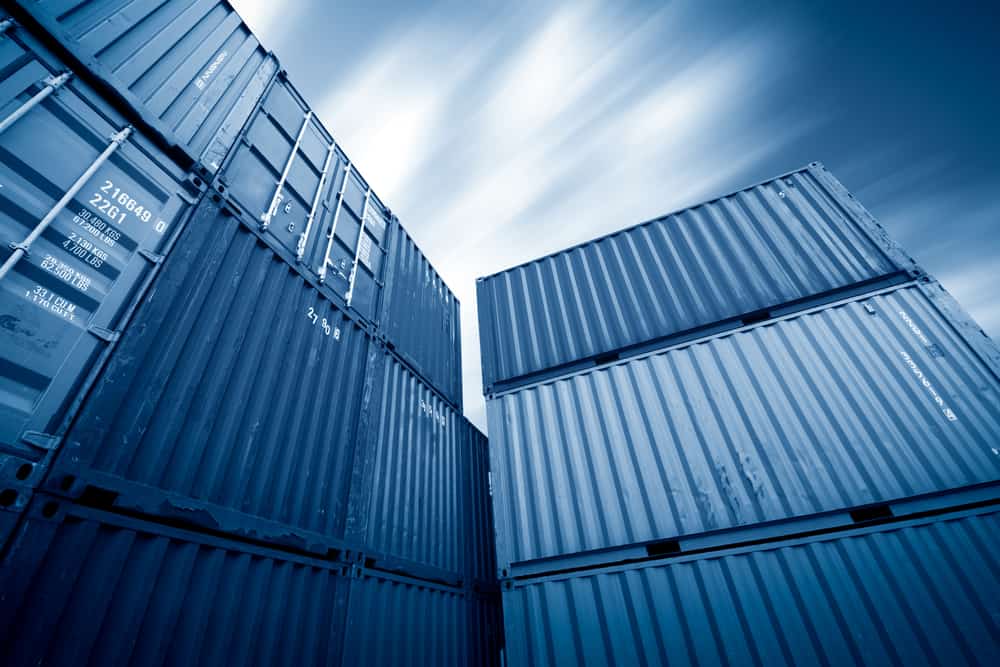China is the primary outlet for producing shipping containers.
They produce more than 90 percent of the sea containers globally, which is not a coincidence. The export-oriented country has competitive labor costs and is a massive recycler of steel. China also plays an essential strategic role in the shipping container’s life cycle to maximize its use. In most cases, new shipping sea containers manufactured in China are loaded and shipped to destinations like the U.S. or Europe for trade. These containers are typically addressed as “one trip” containers, and they are sold when they arrive at their destinations. As newly sold containers, they only have very minor flaws from their one-time usage from the trip. This approach to container sales increases the lifecycle by assuring that the container is put into service from manufacturing and not shipped empty at a high shipment cost.
Once it arrives at the destination, the one-trip-old container is sold and used by the buyers, typically carriers, NVOCCs, shipping lines, or similar. The container rarely stays with its first buyer for its entire life, as resale often occurs multiple times. As long as the container is classified as cargo worthy, resales usually happen numerous times, primarily done on a business to business basis through a network or contacts.
The container’s lifespan varies, depending on multiple factors, such as where the container is used and the amount of damage it takes.
For instance, harsh climate and minor damages, incentivizing the creation of rust, decreases the lifespan remarkably. In a hasty generalization, containers are cargo worthy and used in shipping for approximately 10-15 years. Shipping containers, by design, can stack high in columns under immense amounts of weight. This structural integrity must remain through its life cycle. Shipping containers are also designed to withstand harsh elements since they are exposed for months at a time, crossing the ocean. Maritime vessels are sprayed with a salt material typically used on roads in cooler areas. They can hold up in the most extreme weather situations.
The lifecycle for a 40-foot container is usually a bit longer than a 20-foot container.
Most 40-foot containers are not packed out to capacity, but they tend to end up on ships more often than their 20-foot counterparts. They may be more susceptible to rust and corrosion. With the proper applications of paint, the lifespan can increase significantly. When containers are no longer deemed for shipping and carrying cargo, innovative and creative individuals can buy the containers for reinvention outside the industry. Alternatively, the steel of the container can be recycled.




